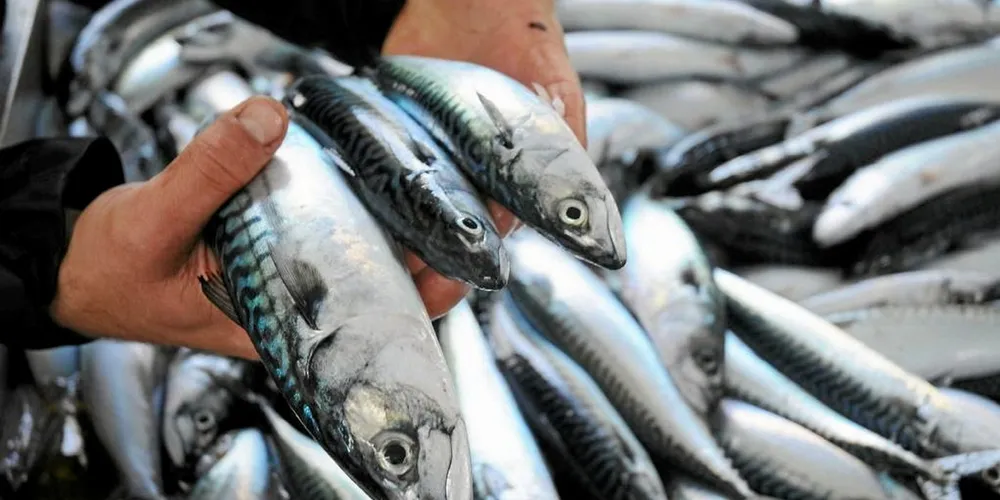Norway sets own mackerel quota for northeast Atlantic after coastal states fail to reach agreement
The coastal states harvesting the fish continue to disagree on how much each country should be able to catch in a long-running dispute.

The coastal states harvesting the fish continue to disagree on how much each country should be able to catch in a long-running dispute.
